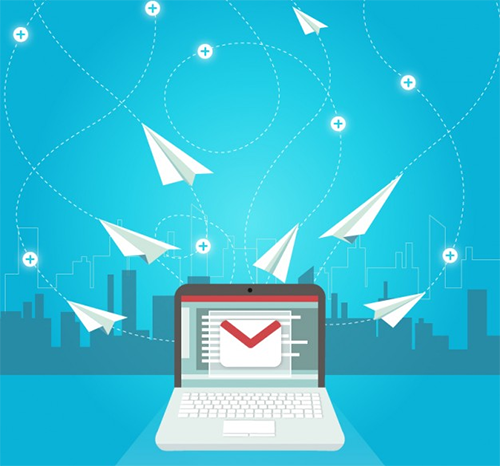Free Download StyleWriter software World's Largest Writing Style, Word Usage, Readability and English Grammar Checker by Editor Software
| Free Articles
|
Help Me Write a Better Business E-Mail Sending e-mails is a routine task that many businesspeople take for granted. Keep in mind, however, that every e-mail you send reflects upon your business, so it's critical that you make them as readable as possible. Below you will find several useful ways to get the most out of your business e-mails. 1) Get Back to Basics Nothing gives a terrible first impression like spelling and grammar errors. It doesn't matter if it's simply a typo; failing to correct errors – intentional or not – undermines your professionalism. Make no mistake: spelling and grammar errors negatively affect (and can even alter) the content of your message. These days, virtually every e-mail program contains at least a built-in spelling checker. Often, these programs come with grammar checkers too. These tools make it so simple to send a flawless e-mail that there is no excuse for anything less than grammatical perfection. At the very least, proofread before you send! Remember, if there are flaws in your e-mails, your recipients are bound to expect flaws in your work, too. 2) Keep the Layout Simple Flashy fonts and bold colors are distracting and, in most cases, very unprofessional. When writing an e-mail, make sure you stick to an easy-to-read font and use it throughout your message. Avoid any color other than black and, in most cases, your font size should be no bigger than 12 points. In terms of the overall layout, keep both your sentences and your paragraphs short. Long sentences and paragraphs can confuse and/or lose the attention of readers. Also, remember to separate each paragraph with a line space so that you don't overwhelm your recipient with one big block of text. 3) Consider Your Target Audience If you are writing to a client or a supplier, you must use polite and professional language. A paying customer usually expects respect and courtesy. Similarly, a supplier needs to know that you are a trustworthy customer, so it's best to keep those messages professional, as well. Slang and casual language can be very off-putting to a client receiving an e-mail from your business. Also, don't forget to say "please" and "thank you!" If you are writing a colleague, bear in mind that it is still a work e-mail, and therefore should maintain a certain level of decorum. Personal material combined with business communication can weaken the impact of your message. It's best to restrict the content of your business e-mails to business-related information only. 4) Use Lists to Improve Readability You send business e-mails to communicate, accomplish tasks, and ask questions. Make sure that you clearly outline what you expect from your recipient by separating your expectations from the rest of your e-mail. Numbered lists are a great way to ensure that your recipient understands your expectations. For example, instead of just writing your needs in paragraph form, try listing them like so: a) When will the stationery be delivered? b) Please drop off your clerical report before you leave today. c) Let me know when Ms. Anderson gets back to you regarding the annual meeting. By stating your expectations in clear language, point by point, your e-mails will be more successful in helping you accomplish your business goals. Remember that each e-mail represents your company, so spend the time to get them right. |